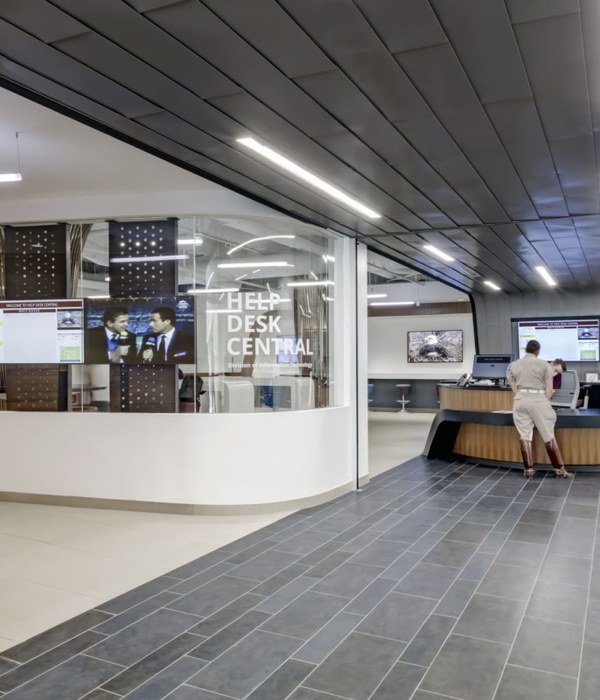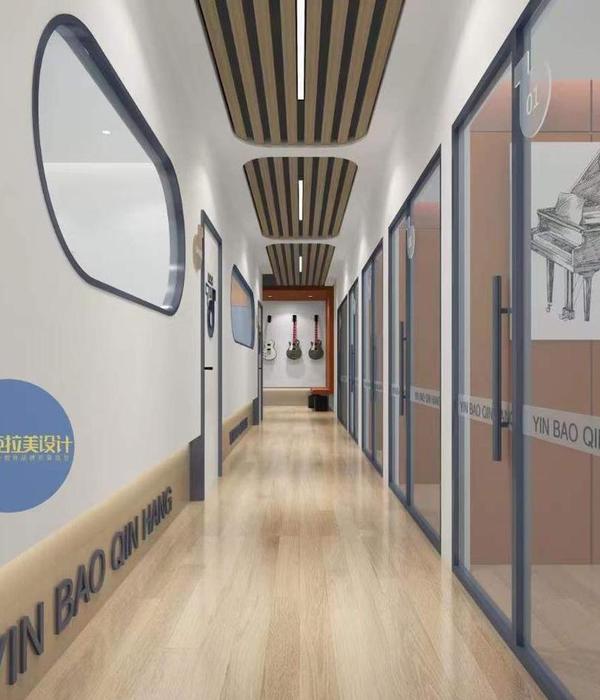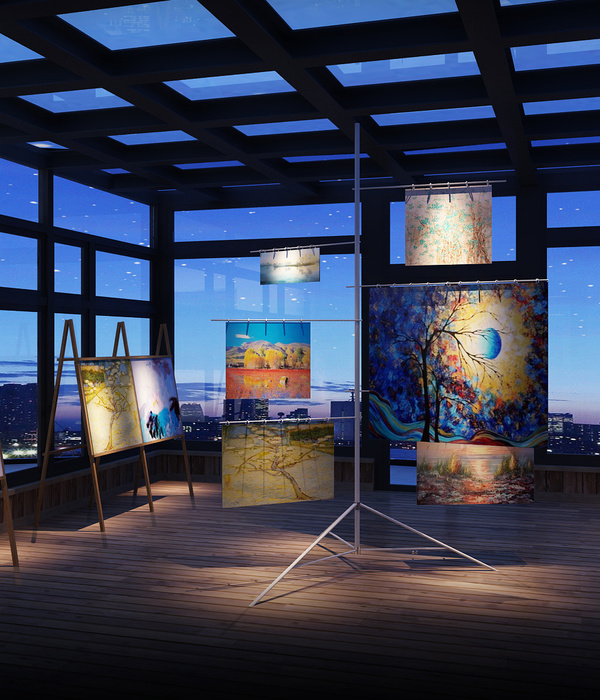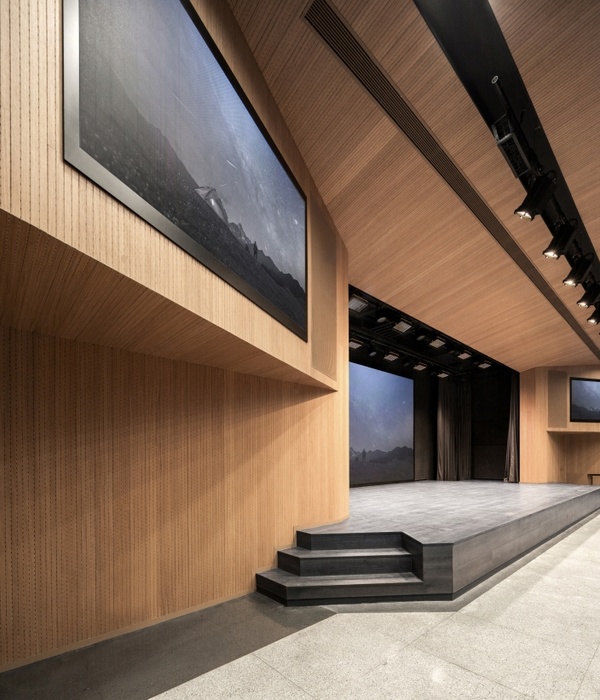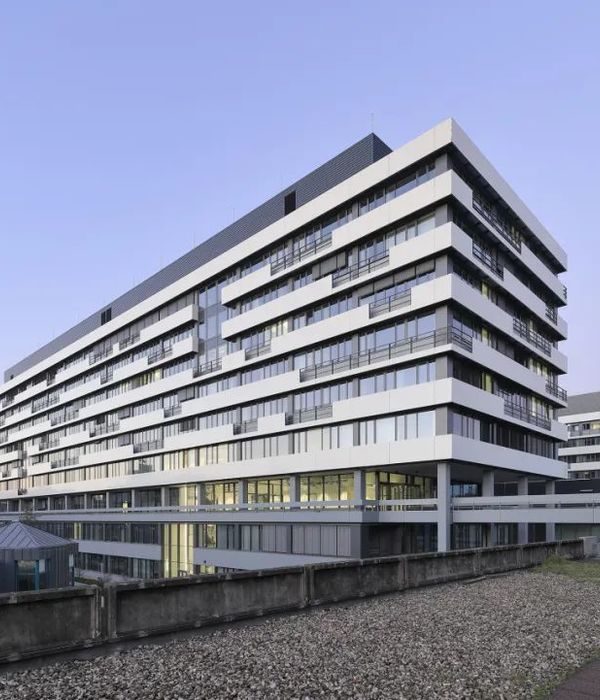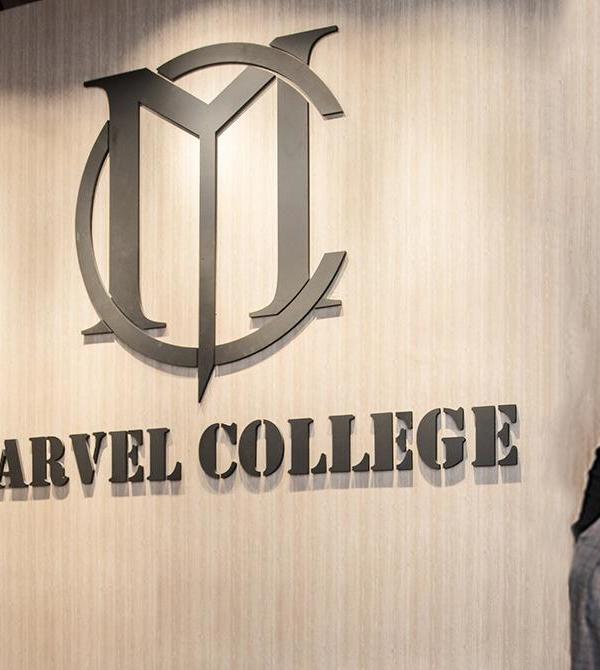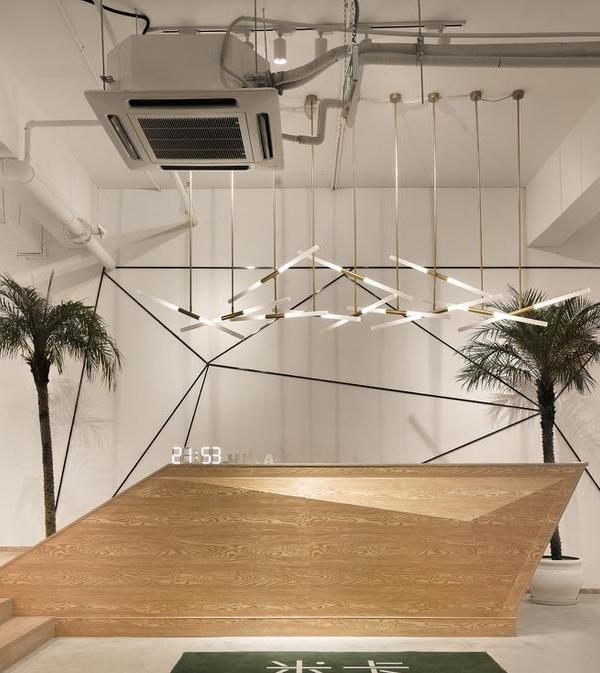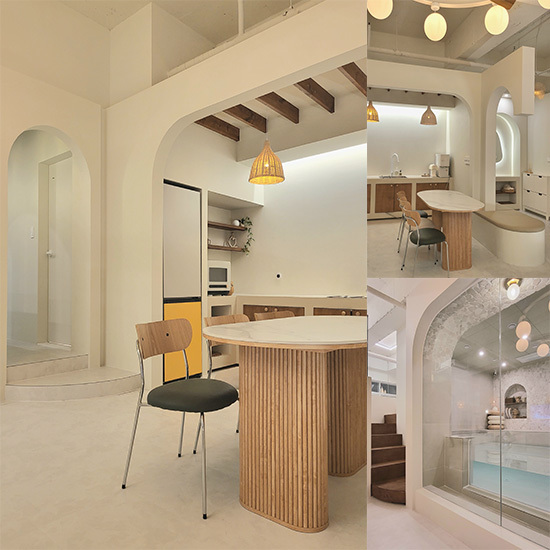Oregon Zoo Education Center / Opsis Architecture
Architects:Opsis Architecture
Area:20000ft²
Year:2016
Photographs:Christian Columbres,Rick Keating
Manufacturers:Lutron,Interface,Raynor,Activar Inc.,Acuity Brands,Ash Grove Cement Company,Astrodyne,Bell Hardware of Portland,Building Material Specialties,CalPortland,Coravent,Cudahy Lumber Company,D&L Supply Co.,El Creek Forest Products,Encore Plumbing,Formations,GTS Interior Supply,Gast Manufacturing, Inc.,General Sheet Metal,Georgia-Pacific, +27Jasco Inc.,K&M Rebar Inc.,King Electric Manufacuturing Company,Legacy Lockers,Legend Custom Woodworking,Meyer Signs,Moooi,Northwest Masonry Restoration Co.,Old Country Millwork Inc.,Olympus Lock, Inc.,PPG Industries Inc,Plaka,Portland Fasteners and Construction Supply,Salice America Inc.,Sikkens Wood Finishes,Simmpson Strong Tie,SolarWorld,Solus, Inc.,Summit Appliances,TPlus Steel Fabricators,TT&L Metal Inc.,The Modern Fan Co.,Urban Accessories,Velux,Williamette Graystone,Window Tech Inc.,Wolmanized-27
Lead Architects:Alec Holser
Construction:Fortis Construction, Inc.
Structural Engineer:Catena Consulting Engineers
Civil Engineer:KPFF Consulting Engineers
Lighting Consultant:Luma Lighting Design
Geotechnical Engineer:Geotechnical Resources, Inc.
Acoustical Consultant:Listen Acoustics
Project Manager:Paul Kinley
Project Architect:Jennifer Cambier, Steven Nelsen
Sustainability Design Lead:Heather DeGrella
Interior Designer:Angela Alexander
Zoo Design / Insect Zoo Architect & Landscape Architect:Jones & Jones
Cost Consultant:ACC Cost Consultants
Code Consultant:Code Unlimited (now Jensen Hughes)
Surveyor:Westlake Consultants
Exhibit Consultant:Work as Play,IQ Magic
Specifications:JLC Architectural Consulting
City:Portland
Country:United States
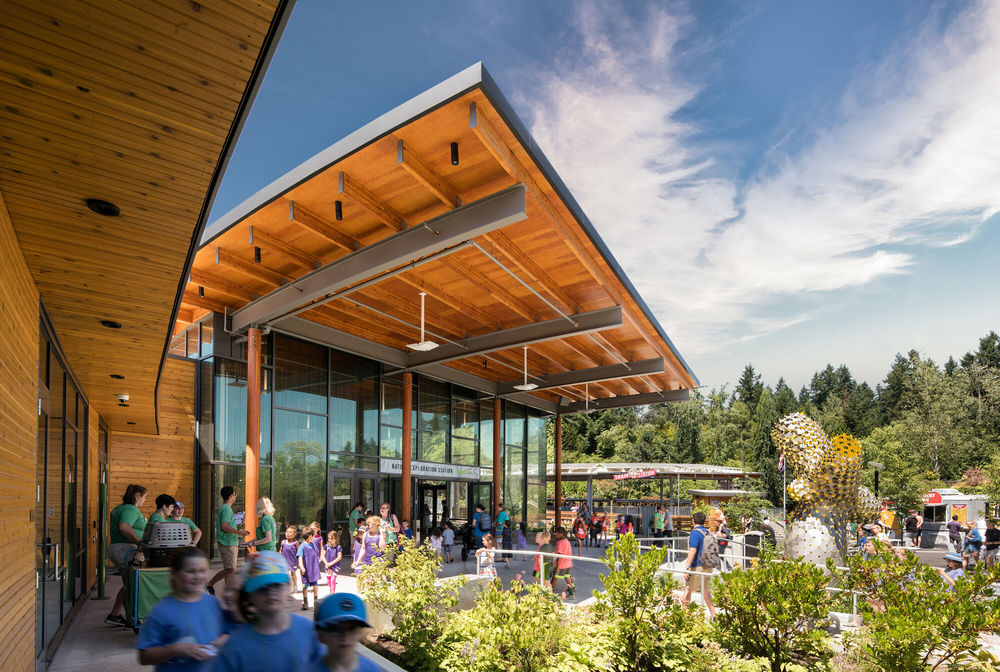
Text description provided by the architects. The Oregon Zoo Education Center creates a regional hub of environmental learning to excite and inspire the inner conservationist in visitors to create a diverse and resilient world. The central theme of “Small Things Matter” guides the zoo’s 1.6 million annual visitors through interactive exhibits that demonstrate how an individual’s daily actions can make a difference in sustaining a healthy planet. The facility contains an interactive exhibit space, insect zoo, café, multi-purpose meeting space, classrooms, environmental science lab, and a new zoo railway station.
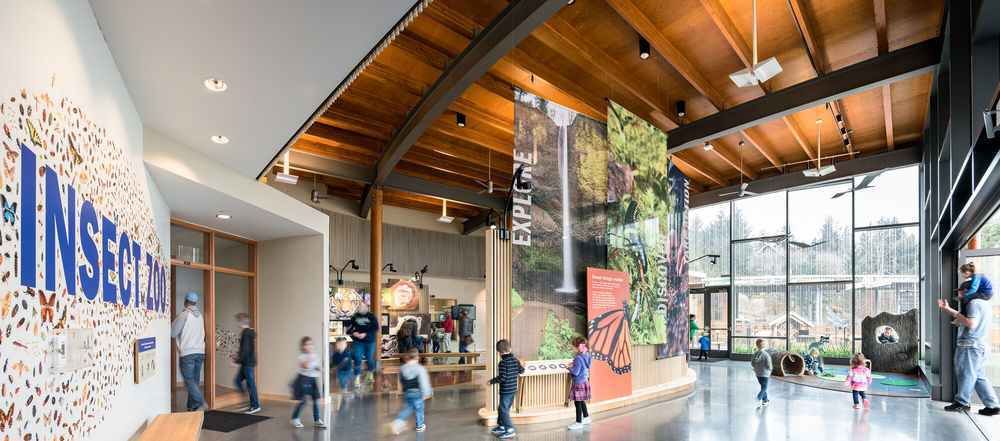
Situated to define a major orientation plaza at the west end of the zoo, radiating curved forms of the paired exhibition and classroom buildings are an outgrowth of the constricted site’s geometry defined by an entry drive drop-off area, zoo railway, main pedestrian pathway, and the steep adjoining hillside. Inspired by the circular woven nature of a bird’s nest, the resulting organic architecture creates an intertwined relationship between indoor and outdoor spaces that blends into the Zoo landscape and animal exhibits. The sweeping cantilevered entry roof draws visitors into the lobby’s interactive displays, insect exhibit, and events space.
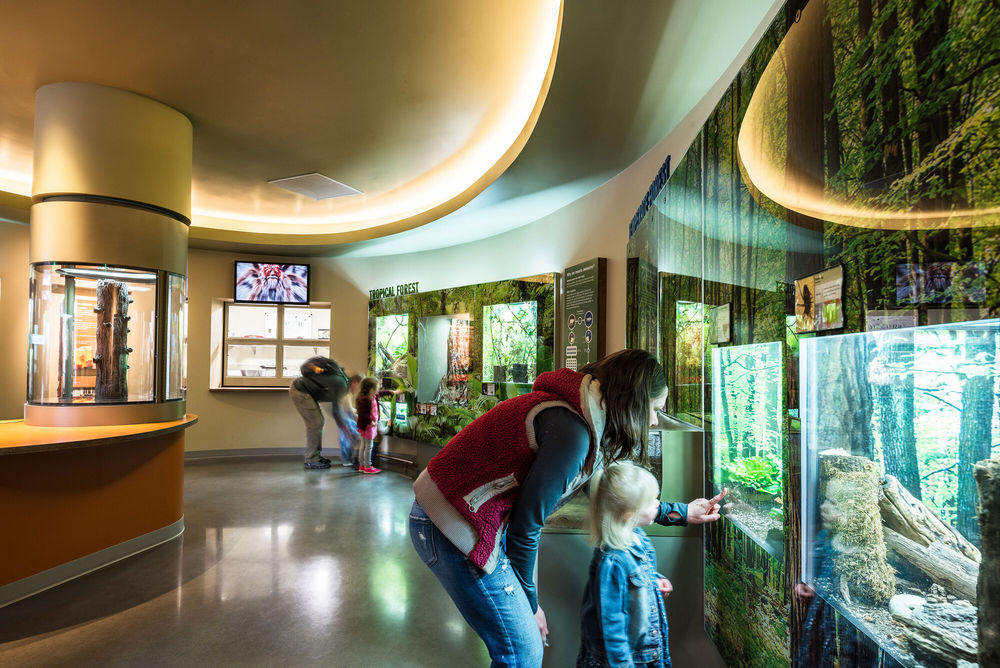


The NESt (Nature Exploration Station) interpretive space comprised of woven wood and steel members is inspired by the nests of small animals to create shelter and order in the environment. Design for the interpretive exhibit was an integrated process between the client, architects, and interpretive design teams where content became a foundation for the architectural forms and expression. The interpretive exhibit features the stories of local conservationists and access to the Insect Zoo – the smallest of animals with some of the largest ecosystem impacts. The Conservation Hall provides a major meeting space for zoo community partners and is divisible into classrooms with direct access to the zoo exhibits.

The Education Center’s organic architecture creates an interwoven relationship between indoor and outdoor spaces that blends the built and natural environment. Exterior and interior spaces are entwined with a corresponding visible and connected outside space for learning, interaction, imagination, and play.
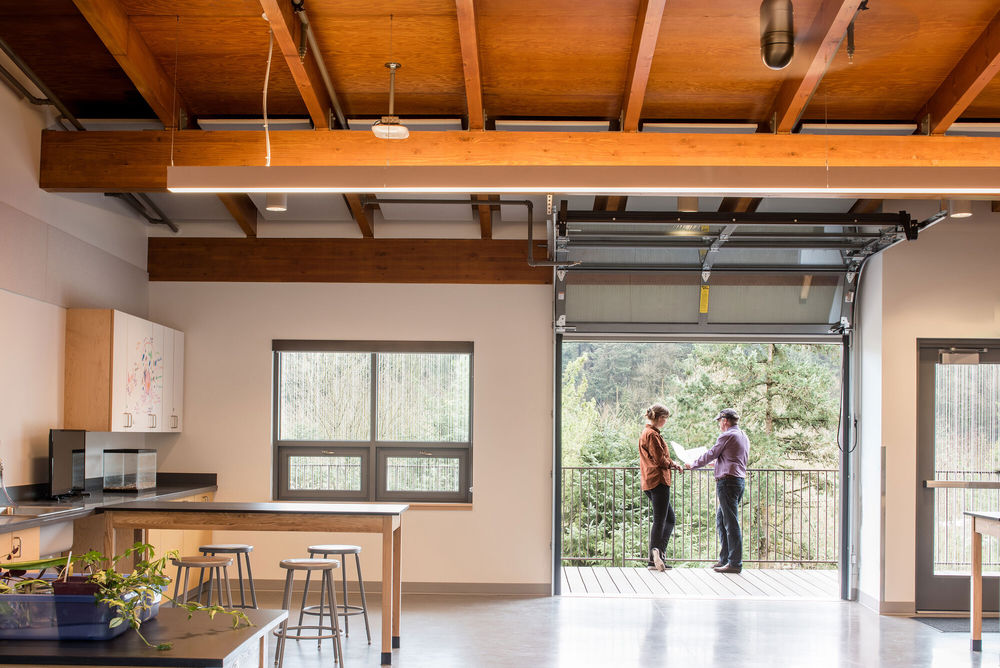
Honored with an AIA COTE Top Ten award, the LEED Platinum Education Center is a building that teaches, displaying innovative net-zero energy and sustainable design strategies such as the expansive rooftop photovoltaic array, rain gardens that clean stormwater before reuse in restrooms, and bird-friendly lighting and fritted glass windows. As a crossroads for sustainable learning and exploration, the Education Center exemplifies the Zoo’s mission of advancing animal welfare, environmental literacy, and conservation science within the community.
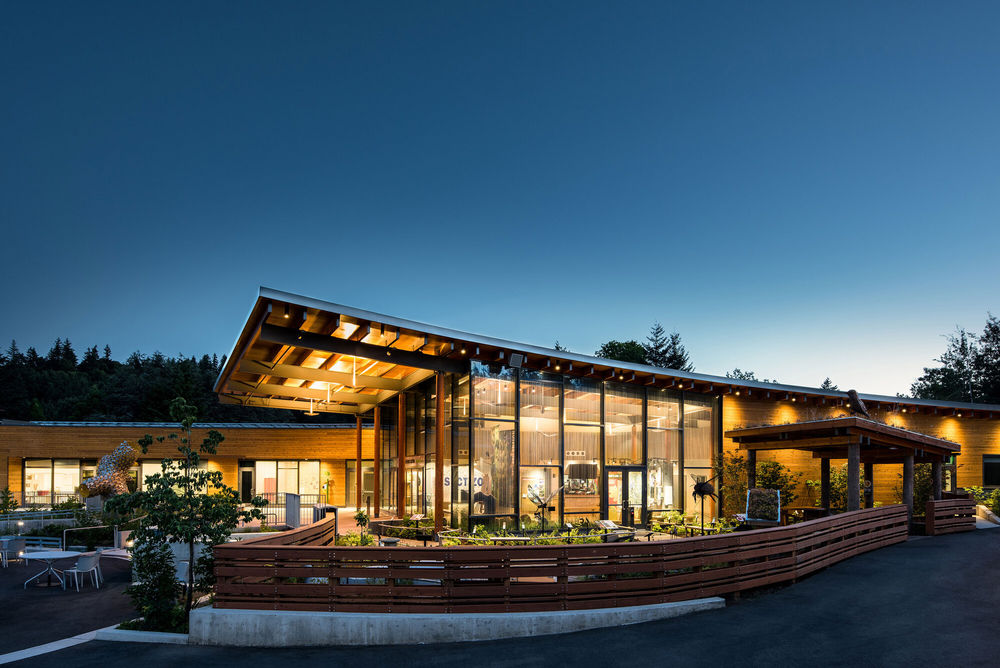
Project gallery
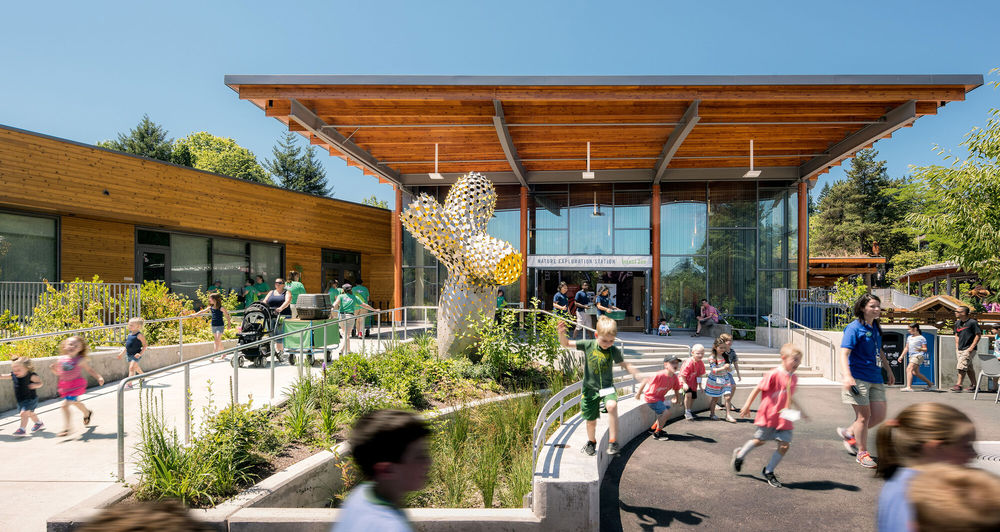

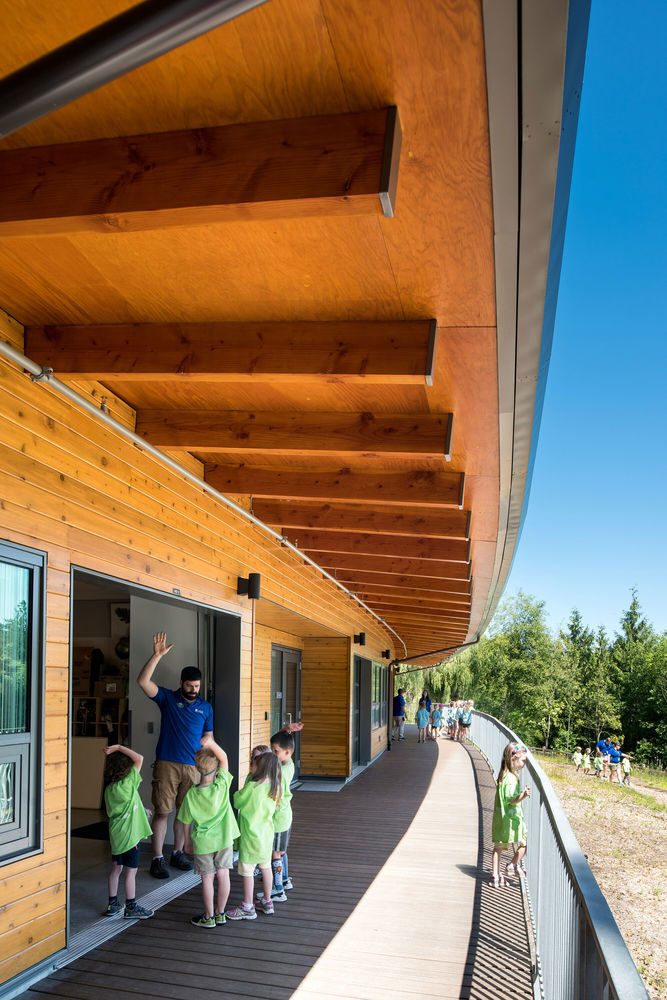
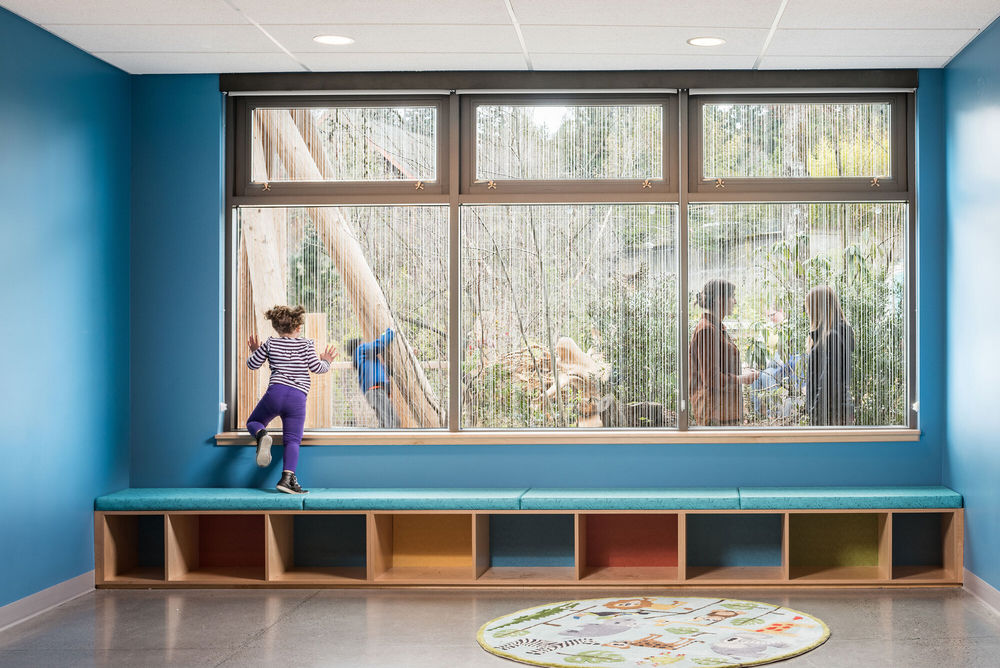
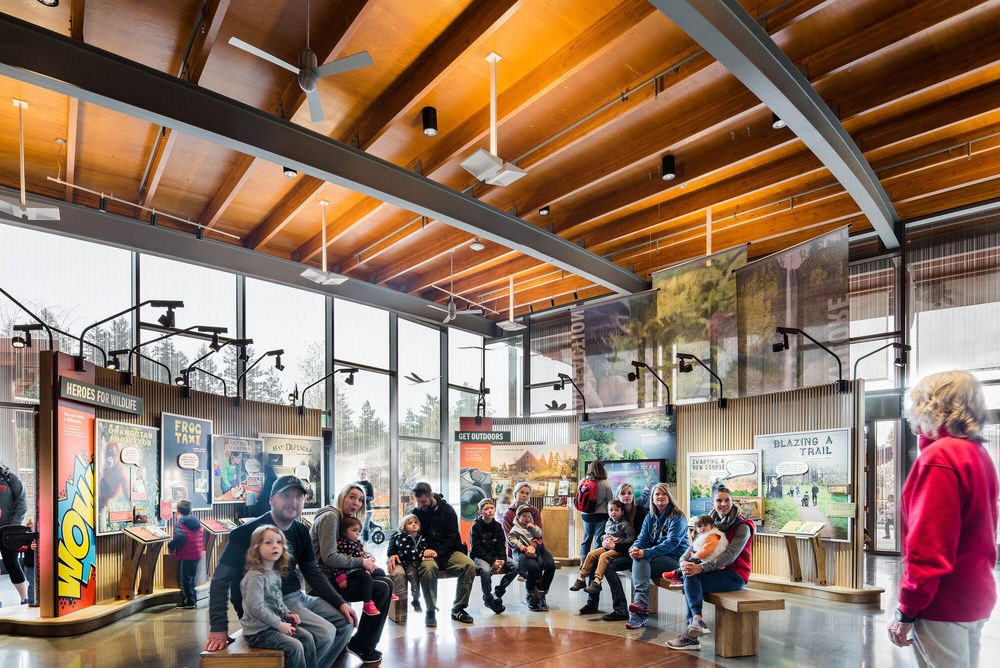
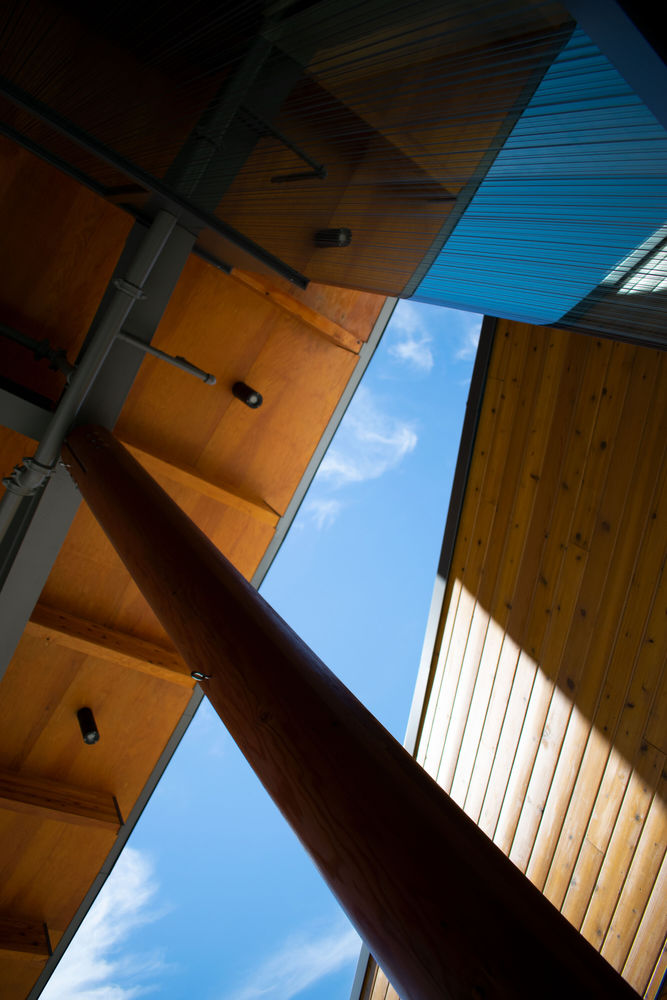
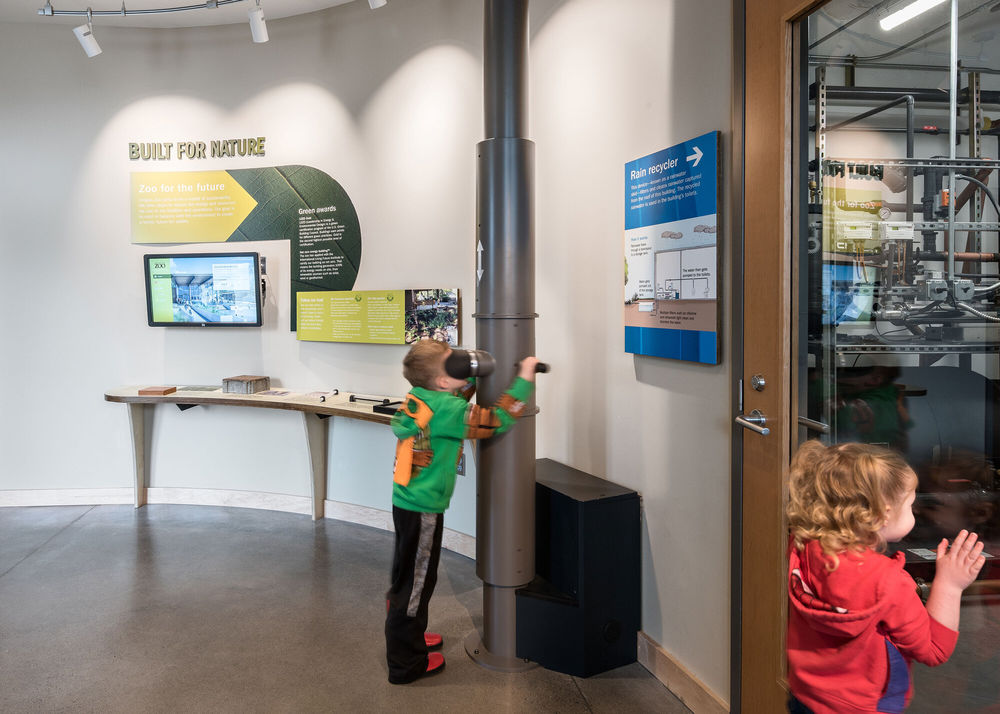

Project location
Address:Portland, Oregon, United States


